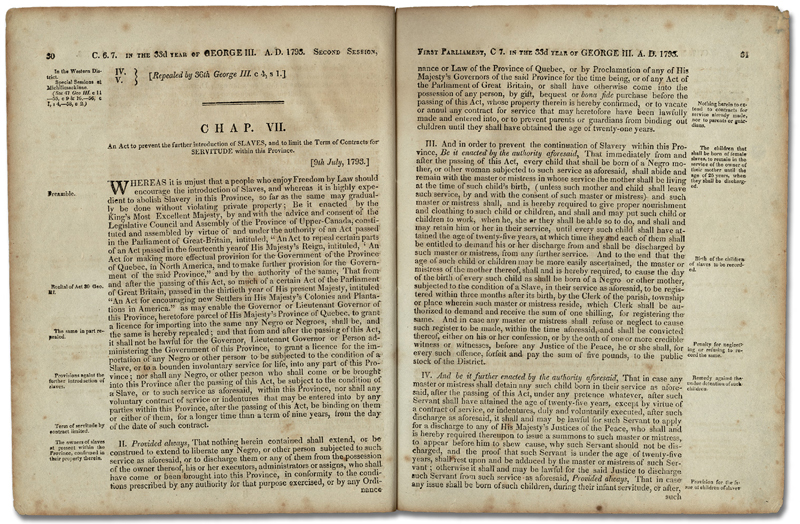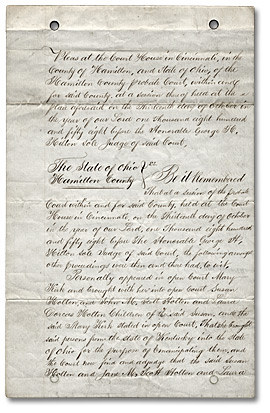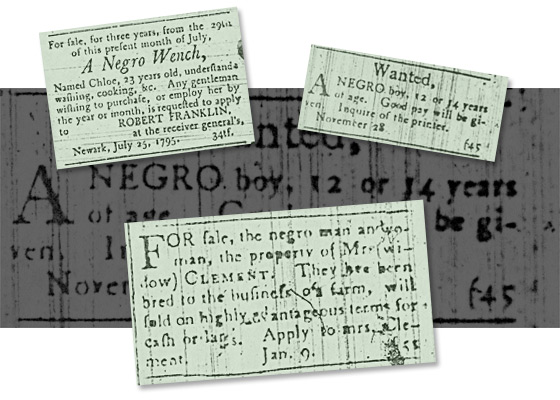
Previous | Exhibit Home | Next
Abolitionist opinions spread across Upper Canada, and Lieutenant Governor John Graves Simcoe and Attorney General John White led the call for abolition in the province. They were met with opposition in the House of Assembly, as many of the colonial officials and politicians were enslavers. A compromise was reached and on July 9, 1793, an Act to Limit Slavery was passed that restricted the slave trade in Upper Canada and allowed for the gradual abolition of slavery.
The Act stated that:
- Enslaved people already in Upper Canada would remain the property of their enslavers for life.
- Children born to enslaved women after 1793 were to be free at age 25 and their children would be free at birth.
- No enslaved people could be imported into the province; any enslaved people brought into Upper Canada would be freed automatically.
- Enslavers of freed Black people had to provide for their security.
The Act gave legal acknowledgement of the practice of slavery. No enslaved person who was already residing in the province was freed outright. It was the first piece of legislation in the British Empire to limit slavery and laid the foundation for abolition in the province.

Click to see a larger image
An Act to Prevent the further Introduction of Slaves and
to limit the Term of Contracts for Servitude
Statutes of Upper Canada
33 George III, Cap. 7, 1793
Archives of Ontario
One of the last recorded sales of an enslaved person in Upper Canada took place in March of 1824 when a 15-year-old boy named Tom was sold in Thurlow (now Belleville), Ontario.
"For Sale, a Negro Wench, Newark"
Upper Canada Gazette,
August 19, 1795
Microfilm reel number: N 31
Archives of Ontario
"Wanted, A Negro Boy"
Niagara Herald, November 18, 1801
to January 9, 1802
Microfilm reel number: N 23
Archives of Ontario
"For Sale, The Negro Man and Woman"
Niagara Herald, January 9
to February 13, 1802
Microfilm reel number: N 23
Archives of Ontario
The 1793 Act to Limit Slavery and the Slavery Abolition Act of 1834 made Upper Canada free land for enslaved African Americans. The image of Canada as a place of freedom for enslaved African Americans in the nineteenth century was born, and thousands of freedom seekers and free African Americans would arrive on Canadian soil in increasing numbers between 1834 and the early 1860s.

Excerpt from the emancipation papers of
Susan Holton, Ohio, 1848
Alvin D. McCurdy fonds
Reference Code: F 2076-1-0-15
Archives of Ontario

